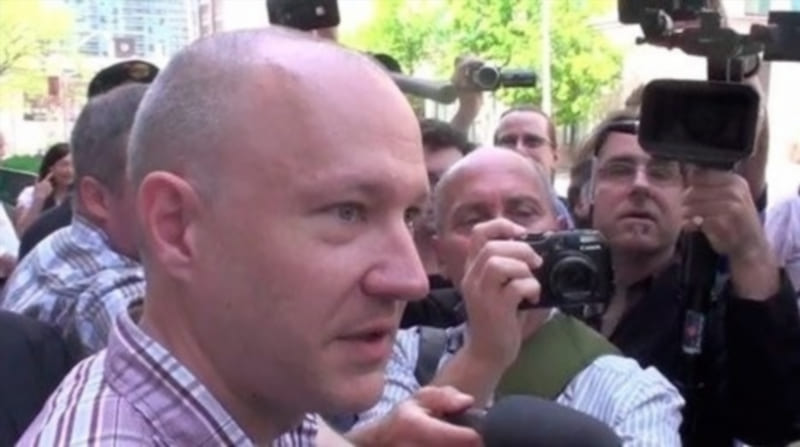Toronto’s legal landscape has seen its fair share of pivotal moments and landmark cases. Among them, the Bryon Sonne trial stands out as a momentous occasion, drawing attention from locals and international observers alike. To fully grasp the intricacies of this event, one must delve deep into the timeline and the events surrounding it.
Bryon Sonne: Who Was He?
Bryon Sonne, often referred to as the “G20 Hacker”, was a Toronto resident with a penchant for challenging authority and spotlighting vulnerabilities in the system. An expert in IT security, he used his skills not just for his day job, but also to probe the city’s security preparations for the G20 summit in 2010. Little did he know, his actions would culminate in a whirlwind of legal battles, media frenzy, and a stark division in public opinion.
The G20 Summit: A Brief Overview
In 2010, Toronto played host to the G20 summit, a gathering of the world’s 20 major economies. Given the gravity of the event, the city was on high alert. Security measures were tightened, with a massive fence erected around the summit venue and an enormous police presence throughout the city. Amidst the preparation, Sonne’s actions stirred the pot.
The Arrest and the Charges

June 22, 2010: On this fateful day, Bryon Sonne was arrested and charged with several offenses. Why? He had been openly posting online about his attempts to probe the G20 security, showcasing how he bought chemicals and highlighting potential flaws in the system. To many, it seemed like he was simply poking fun at the extensive security measures. To the authorities, it appeared as though he was planning something sinister.
Public Reaction: Divided Opinions
The aftermath of Sonne’s arrest was polarizing. One camp, particularly within the hacker and activist communities, viewed him as a hero. They saw his actions as highlighting the overreach of the security measures and believed he was being persecuted for his dissent. On the flip side, many believed he posed a genuine threat and lauded the police’s actions.
It’s worth noting that Toronto’s atmosphere at the time was tense, with protests, clashes with the police, and numerous arrests. In this context, Sonne’s actions became a focal point of debate.
The Trial: An In-depth Look
Bryon’s trial was no straightforward affair. It was marked by extensive legal wrangling, and a close examination of evidence, particularly regarding the chemicals Sonne had purchased.
- Key Evidence: The chemicals were a central piece of evidence. While Sonne maintained they were for personal experiments and not malicious intent, the prosecution argued they could be used for homemade explosives.
- Defense’s Argument: Sonne’s defense was clear – he was trying to expose flaws in the security apparatus and had no intentions of causing harm.
- Outcome: After a lengthy trial, in May 2012, Bryon Sonne was acquitted of all charges. The judge ruled that while his actions were questionable, there wasn’t enough evidence to prove he had malicious intent.
Aftermath and Legacy
Post-trial, Sonne’s case left an indelible mark on Toronto’s legal and cultural landscape. Some key takeaways:
- Freedom of Expression: The trial sparked debates on freedom of expression and the extent to which individuals can challenge the state without facing repercussions.
- Online Activity: It served as a cautionary tale about online activity and how posts, even those made in jest, can lead to severe consequences.
- Security vs. Rights: The case brought to the forefront the age-old debate of security versus individual rights, a conversation that’s even more pertinent in today’s digital age.
Lessons Learned and the Way Forward
So, what can we glean from the Bryon Sonne trial timeline? For starters, it’s a stark reminder of the delicate balance between security and individual rights. It also underscores the profound impact of the digital age on our legal systems, where online activities can have real-world consequences.
In a rapidly evolving digital world, the Bryon Sonne case serves as a touchstone, prompting us to reflect on our values, our rights, and the kind of society we wish to build. It’s a chapter in Toronto’s history, but its lessons are universal.
Note: All details and events mentioned in this article are based on public information available up to the last update in January 2022. For the most recent developments, please consult local news sources or official documents.








